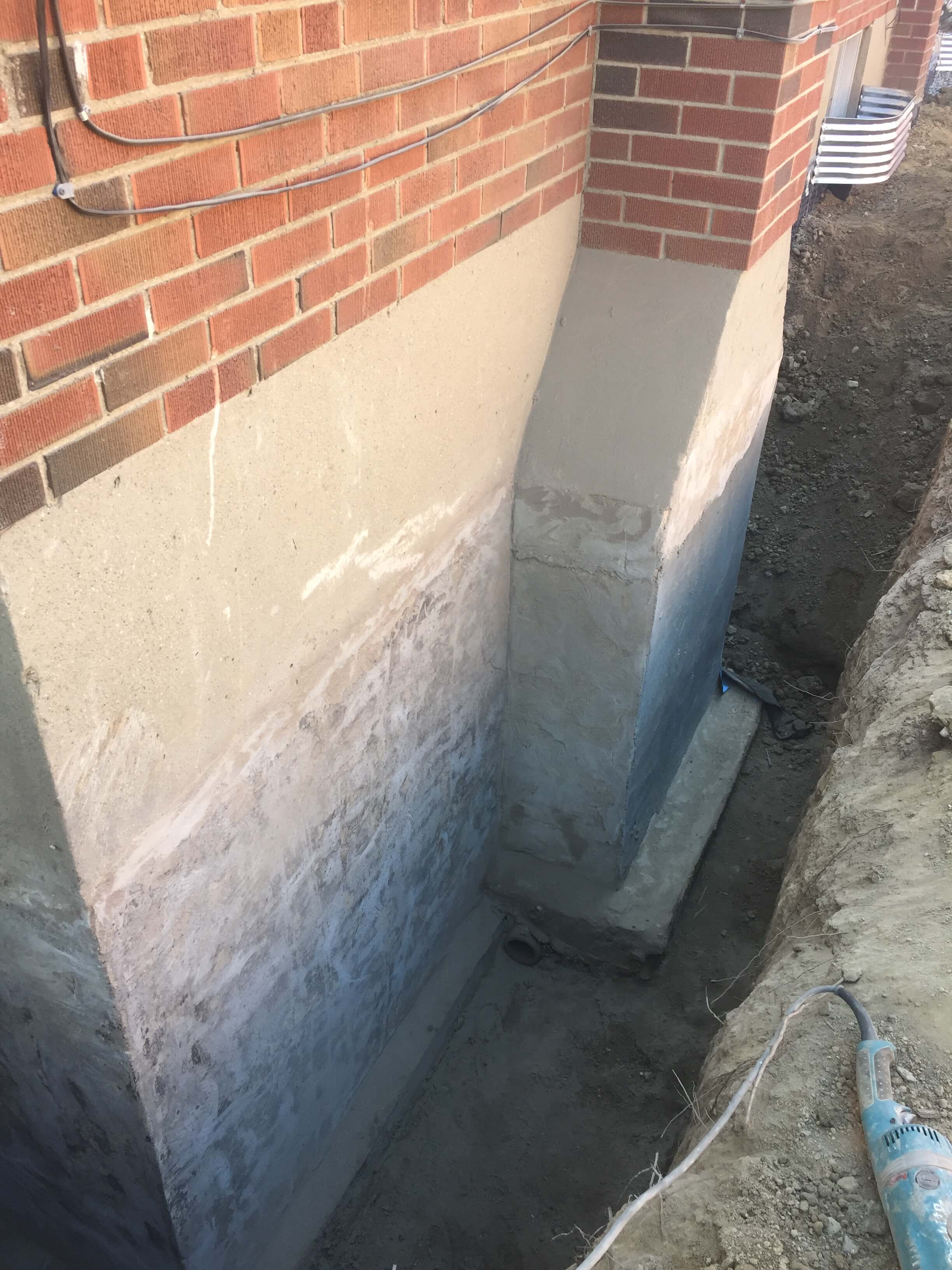Water infiltration can be catastrophic for any home or building, leading to costly repairs and potential health risks. This makes waterproofing an essential aspect of property care that every homeowner should take seriously. Unfortunately, many people ignore key aspects of waterproofing or fall victim to common misconceptions, which can worsen problems instead of preventing them. Understanding the importance of proper waterproofing techniques is crucial for protecting your property and guaranteeing the well-being of your family.
In this post, we will explore frequent errors in waterproofing that property owners often make and provide tips on how to prevent them. By highlighting the necessity of waterproofing in areas such as cellars, roofs, bathrooms, and outdoor structures, we aim to equip you with the knowledge needed to safeguard your property from water damage. From understanding when professional assistance is required to dispelling waterproofing myths, we will lead you through what you need to know for successful waterproofing strategies.
Crucial Waterproofing Insights
Moisture-proofing is a essential aspect of upholding the stability of any house or structure. Understanding why moisture-proofing is important for any edifice can help homeowners and building supervisors substantial hours and money by avoiding water-related harm. From substructures to roofs, efficient moisture-proofing can protect against leaks and dampness infiltration, which, if ignored, could lead to fungus growth, decay, and expensive fixes. By putting resources in effective waterproofing methods, you can ensure your property remains a secure and livable space.
One popular fallacy is that waterproofing is only required in zones prone to substantial downpours. In reality, every buildings require certain form of waterproofing to safeguard against a multitude of water-related concerns, including moisture, dampness, and unexpected floods during storms. Waterproofing fallacies clarified reveal that simply minor moisture concerns can morph into serious problems if not addressed. Awareness of these risks can prompt forward-thinking steps before it becomes too late to act.
Spotting signs that your home needs waterproofing is crucial in avoiding more extensive harm. Householders should look for indicative clues such as flaking paint, dampness in basements, and musty odors, which may indicate moisture ingress. By spotting these indications early on and knowing how to waterproof your basement and other vulnerable areas effectively, you can safeguard your investment and maintain your building's worth over the long haul.
Efficient Waterproofing Strategies
One of the most practical waterproofing techniques is to secure proper water management around your home. This involves grading the terrain away from the base and installing gutters and downspouts that direct rainwater away from the building. why not look here staves off water from pooling near your base, which can result to leaks and other water damage. Regular care of these methods is crucial to avoid blockages that can cause water to overflow and seep into the building.
Another key strategy is to pick the appropriate waterproofing materials for your individual requirements. Whether you're thinking about interior or exterior waterproofing, it's crucial to select premium products designed for the areas you're dealing in. For instance, basement waterproofing may require the use of specialized membranes and sealants, while roof waterproofing might benefit from coatings that resist UV radiation and temperature fluctuations. Investigating and picking the right waterproofing materials can greatly impact the longevity and effectiveness of the approach.
Lastly, consider consulting experts who have expertise in waterproofing to ensure a proper process. While DIY approaches can be tempting, professional evaluations can identify latent issues that may not be apparent. Experts can give tailored recommendations and ensure proper implementation of techniques and materials. Allocating resources in professional services can be a smart move to protect your home from costly water damage in the future.
Common Mistakes and Resolutions
One of the most frequent mistakes in waterproofing is neglecting proper surface preparation. Many homeowners rush the process, applying waterproof coatings over dirty or uneven surfaces. This can lead to sticking issues, leading in peeling and inefficient waterproofing. To avoid this, always allocate adequate time washing and fixing the surface before applying any products. A clear and smooth surface enhances the effectiveness of the waterproofing material.
Another frequent error is overestimating the abilities of DIY methods. While there are many effective waterproofing products available for home use, they often require particular application techniques to achieve the optimal results. Homeowners sometimes apply too thin a layer or fail to adhere to the manufacturer's guidelines. To circumvent this pitfall, consider seeking advice from professionals for challenging areas like cellars or roofs, ensuring the work is done correctly and that you use the appropriate products for your specific needs.
Finally, ignoring signs of water damage until it becomes severe is a major error. Homeowners often delay too long to address noticeable leaks or moisture issues, leading to costly repairs down the line. Regular check-ups and maintenance can help catch potential issues early. Set up a seasonal schedule to check for leaks, cracks, and indicators of mold to keep your property safe and minimize long-term detriment.

